Legal Document Translation
Legal document translation is the process of converting legal documents from one language to another while preserving the original meaning and technical language. Precision and accuracy are critical in legal document translation, making it essential to have a reliable and efficient solution. Transflow offers advanced language technology services to meet the highest standards of quality in legal document translation.
Use Cases
Legal document translation is needed for cross-border business agreements, international litigation, patent filings, immigration applications, and regulatory compliance.
Transflow’s Advanced Technology
Transflow’s advanced machine learning algorithms have been trained on millions of legal documents, enabling it to handle even the most complex legal terminology and syntax accurately. The unique neural network architecture of Transflow ensures that legal terms and phrases specific to different jurisdictions are identified and translated precisely, providing a fully customized translation that meets the needs of the client.
Efficient and Reliable Solution
Traditional legal document translation methods involve a human translator who reads through the document and translates it manually. This process is time-consuming, expensive, and prone to errors, particularly when it comes to technical legal language. In contrast, Transflow’s innovative technology streamlines the translation process, delivering fast and efficient translations that meet the highest standards of quality.
Translation
Transflow has successfully colonized 50+ global languages in translation, offering cutting-edge machine translation and skilled human translation services. Information fragments from the primary language are converted to the target language with layout correction, formatting, picture editing, and proofreading.
Post-Editing and Quality Assurance
Transflow’s post-editing process includes expert editing of machine-translated text to ensure accuracy and quality. Transflow also implements rigorous quality assurance measures, including linguistic, functional, and usability testing, to ensure the translated legal content meets the highest standards of accuracy and precision.




